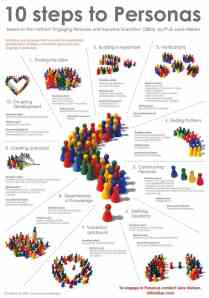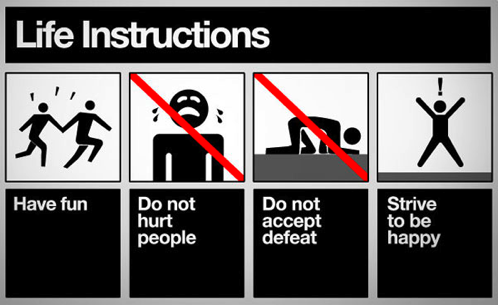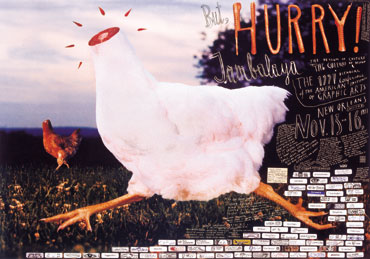reading 9,10,11
The chapter on finding a job is very helpful for me. There is great advice on how to prepare a portfolio for your interviews and excellent tips on how to present yourself to make the greatest impact. Many things mentioned in this chapter is common sense, but never-the-less many people neglect to follow them. Along with this, there is useful information about the different type of studios to work for and the pros and cons that come with each. There is plenty of useful advice to avoid mistakes and hardships that come from looking for a job.
Chapter 3 does a good job of explaining what it is like to be a freelance designer and explains the benefits and the downsides of doing this type of work. There is a lot more freedom as a freelancer, but you have a heavy burden to find work, build cliental, and handle a vast amount of design and business affairs on your own. The flexibility is greatest benefit as a freelancer and you can choose to do jobs you want to.
Chapter 4 spoke about setting up a studio of your own and gave a lot advise on going about raising money to do so. There is advise on creating a business plan to finance the startup and get things rolling. One major recommendation the author has is to create a partnership when stating a studio with at least one other person that is like minded and goal oriented. Having a partner will take a lot of stress off you and dividing up responsibilities make things work more smoothly and efficiently. The main downside is that friction can develop between partners and can destroy the business from within.
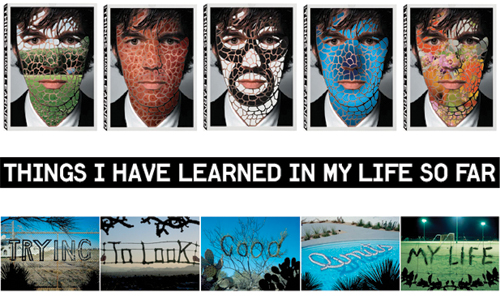
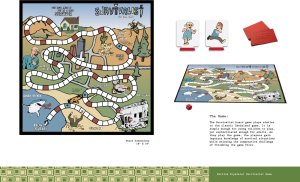
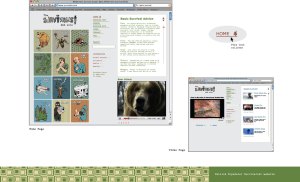

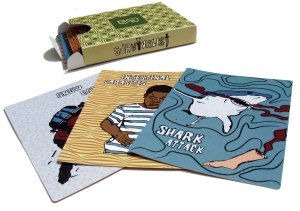
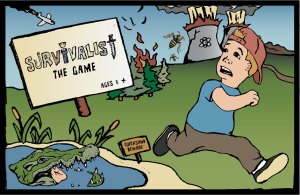
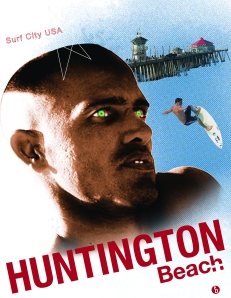
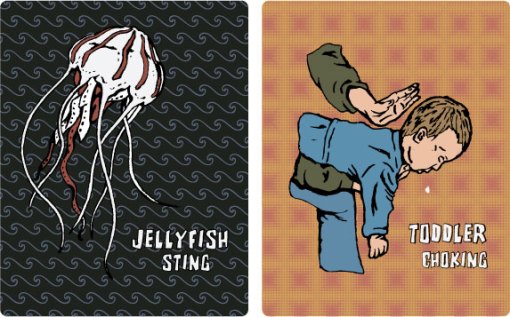 board game and new cards
board game and new cards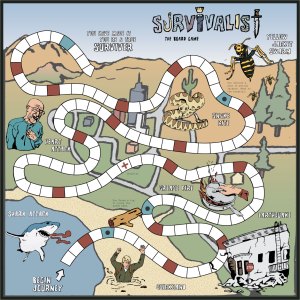

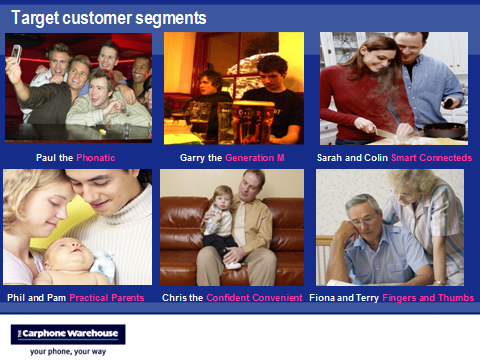 This article was difficult for me to completely comprehend what and how the persona method was used. What I could understand is that personas is interaction design technique that utilizes fictional characters based off of real research depicting segments of target user populations. These characters help designers and programmers to test their work and try to find strengths and weaknesses within it. The different personas represent different populations of people, their jobs, gender, age and many other variables. Once the personas are created, real life scenerios are tested to analyze how a design or program can be made better.
This article was difficult for me to completely comprehend what and how the persona method was used. What I could understand is that personas is interaction design technique that utilizes fictional characters based off of real research depicting segments of target user populations. These characters help designers and programmers to test their work and try to find strengths and weaknesses within it. The different personas represent different populations of people, their jobs, gender, age and many other variables. Once the personas are created, real life scenerios are tested to analyze how a design or program can be made better.